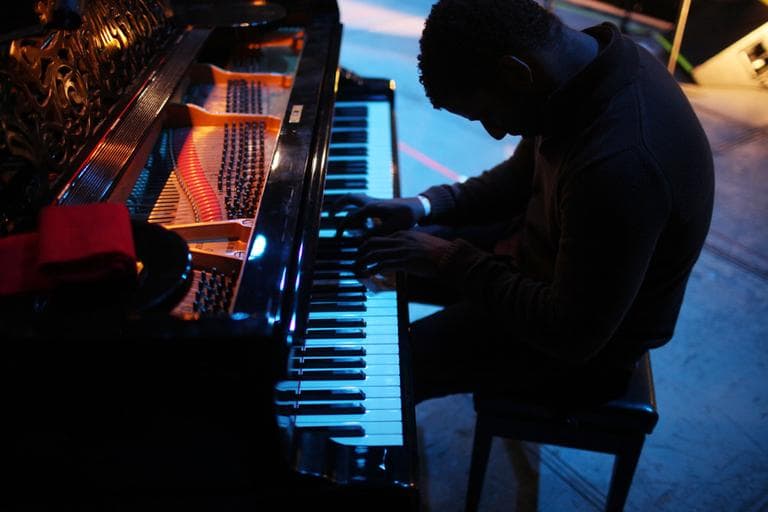Advertisement
A History Of The Piano
ResumeJacki Lyden in for Tom Ashbrook
How 88 black-and-white keys changed our history. The untold story of the piano.

It has entertained kings, been pounded out in bawdy halls, enchanted the Medici’s and paupers. The piano forte was created in Italy in the late 17th century, but what has been created with it is its greatest legacy.
Mozart, in his red coat may have made famous the piano concerto, but Liszt was called a modern Orpheus who played storms, prayers, and songs of triumph. A new book takes us from earlier centuries to the lightening speed of an Oscar Peterson or Ben Folds.
This hour On Point: a Natural History of the Piano. Here’s Stravinsky:
-Jacki Lyden
Guests
Stuart Isacoff, founding editor of the magazine Piano Today and Executive Editor of Sheet Music Magazine. He's the author of A Natural History of the Piano: The Instrument, the Music, the Musicians—from Mozart to Modern Jazz and Everything in Between. You can read and excerpt here.
From The Reading List
Seattle Times "Isacoff's very inclusive approach is lightened by the style of the book, which will appeal even to those with short attention spans. This "Natural History" is a series of vignettes: historical notes on structural developments of the keyboard, punctuated with often humorous commentary on pianos and concerts by famous practitioners of the instrument."
Wall Street Journal "It had actually been around since 1700, when Bartolomeo Cristofori, a technician in the employ of Ferdinando de Medici, produced his first working model. But no one before Mozart had brought it to the pinnacle of high art. The composer and instrument turned out to be a perfect match. "
NPR "The art of the piano is a study in evolution — of both an instrument and of human talent. Among us there have been a rare few whose gifts included the physical dexterity, the innate musicality and the creativity to make the instrument sound brilliant."
Playlist
“Basin Street Blues” by Oscar Peterson
Fugue in F-Sharp Minor by J. S. Bach; played by Glenn Gould
Concerto # 20 in D minor for Piano and Orchestra, Movement # 1 by Wolfgang Amadeus Mozart; played by Murray Perahia
Sonata #3 in F, Movement # 1, “Siciliana” by Lodovico Giustini; played by Andrea Coen
This program aired on November 22, 2011.